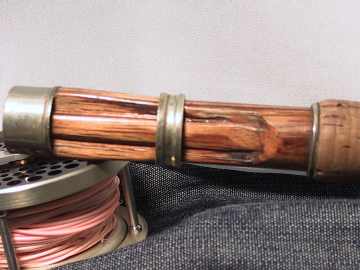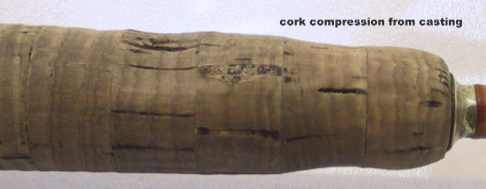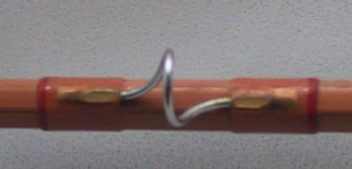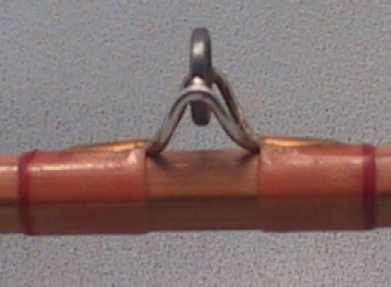Just how tough are cane rods?
Updated June18/21
In order to demonstrate the ability of cane rods to take it, Oyster Creek rods made up this You Tube video below. Enjoy!
One of the things most cane builders suffer is the many and mostly uninformed statements made by people who have never cast a cane rod. Usually the comments goes something like this ” they don’t last and require babying all the time” or words to that effect. In an effort to dispel the BS, I use one rod a lot. Here is it’s life’s story to date.
I built a rod in 1983 that I really liked it for the fishing I do. Made another in 1988 and decided to fish it hard to find out what failed and about how long it took before the failure occurred. I figured that the fishing time should be rated in hours effort rather than years. Years left a lot to interpretation. The rod has been fishing from Northern Alberta for Arctic Grayling to the spring creeks west of Livingstone, Montana. It’s been in the pontoon boat in class III white water, been out in freezing conditions, left on the truck dash for weeks at a time, fished through several days of solid rain, been hauled through swamps, up cliffs and is stored in the truck from spring till fall. It’s cast tiny dries to # 10 heavily weighted nymphs. The only consideration it’s been given is not storing it wet. I went out of my way to intentionally kill this thing as soon as possible. The lines used on the were not cleaned. They were replaced about every 2 years. An effort was made to abuse the rod. During it’s life time, it’s possible that it has landed near 10,000 trout.

The intent was to fish this rod to determine what would fail and how long it would take. It has been truly treated like a Wally World Special. On a personal level, I mostly fish trout. I usually roll cast to get the line airborne, false cast once and present the fly. I’ve taught casting clinics. Most casts are under 30 feet and most fish average 10″ although the rod has landed 3 browns over 24″ long.
The rod had:
1] a Zebra slip ring reel seat with Ni-silver rings and cap finished with lacquer
2] A 6″ cork handle glued with epoxy
3] A rod shaft dip finished with Varathane 900 gloss 5 coats rubbed out
4] Snake guides were originally Perfection
5] Strip guide was Mildrum
6] Fitted with Ni-Silver Super Z ferrules
What failed and about when:
1] The Zebra reel seat lacquer finish lasted about 2 weeks till the first time it got wet. It peeled off. Replaced the lacquer with Varathane 900. Been OK since.






6] The Ni-silver Super Z ferrules wore a little and have been waxed from about 3000 hours. Frankly I like them like that. Makes the rod easy to take apart and other than waxing 3>5 times/year, they are working just fine.
The cane itself is doing just fine. Other than rolling the tips to get the set going the other way, there has been no failure other than the one I inflicted when it tried to land myself. Got a dropper caught in my gravel guards and a good sized trout on the dry. The line wrapped around the rod tip a couple of times. When lifting the trout, I bent the rod tip to fracture. Carpenter glued it back together, over-wrapped failure point and slobbed on some varnish. Was fishing it the following week.
So the abuse continues – with some luck – this afternoon.
Catch ya
Don